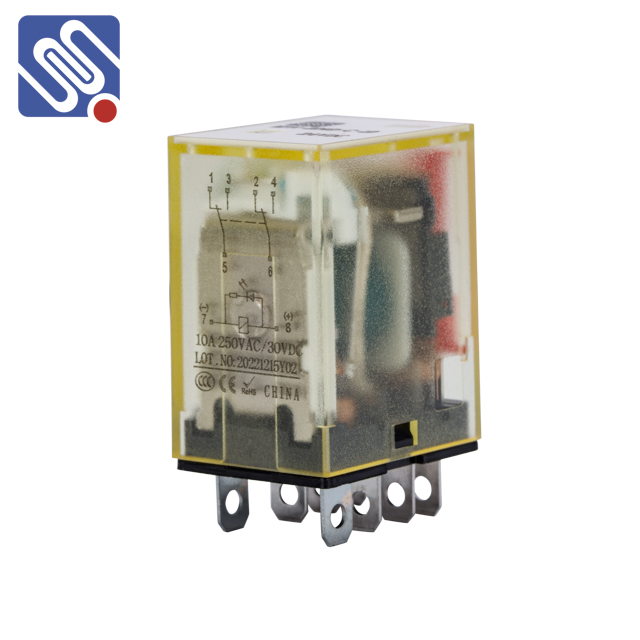A General-purpose relay (GPR) is one of the most common and versatile components in electrical systems, used across various industries, from household appliances to large-scale industrial equipment. Its primary role is to control the switching of electrical circuits through an electromagnetic mechanism. In this article, we will explore the working principle, applications, types, and benefits of general-purpose relays, emphasizing their importance in contemporary electrical and automation systems.

Understanding General-purpose Relays A relay is an electrically operated switch that uses an electromagnet to control one or more sets of contacts. When an electrical current flows through the relay’s coil, it generates a magnetic field, which in turn moves a mechanical arm that opens or closes the relay’s contacts. This allows the relay to either complete or break the electrical circuit, thus controlling the flow of current to the connected load. General-purpose relays are designed for a wide range of switching applications and are typically used to control circuits that do not require high power but need precise and reliable switching. These relays can control both AC and DC circuits, making them suitable for a variety of tasks.